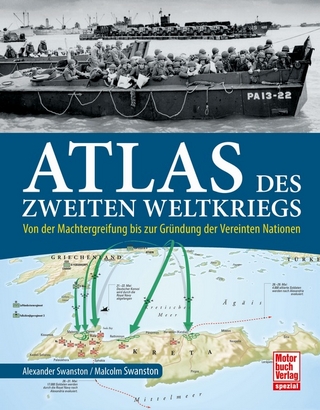
The Campaign for Nuclear Disarmament
Seiten
2024
Agenda Publishing (Verlag)
978-1-78821-778-1 (ISBN)
Agenda Publishing (Verlag)
978-1-78821-778-1 (ISBN)
The Campaign for Nuclear Disarmament (CND) began in 1957 with a small group of public figures and grew into a mass movement. Martin Shaw details CND’s rise, the activists involved, the tensions around direct action, and the culture and social groups that the campaign mobilized to "ban the bomb".
The launch of the Campaign for Nuclear Disarmament in 1958 signalled the first modern protest movement in Britain. Martin Shaw details CND's rise, the activists involved, the tensions with the Committee of 100 around direct action, and the culture, radicalism and social groups that were mobilized to "ban the bomb".
The book discusses how a new movement in the 1980s, led by European Nuclear Disarmament and the Greenham women’s peace camp, helped remove cruise missiles from Europe and end the Cold War. It examines how the campaign influenced – and was influenced by – antiwar movements from Vietnam to Iraq and Gaza, as well as the environmental and women’s movements.
As the nuclear threat returns in the 2020s, this study shows that the antinuclear movement’s ideas and the non-violent direct action it pioneered still reverberate in the campaign against the UK’s "nuclear deterrent" – and in protest movements from Stop the War to Extinction Rebellion.
The launch of the Campaign for Nuclear Disarmament in 1958 signalled the first modern protest movement in Britain. Martin Shaw details CND's rise, the activists involved, the tensions with the Committee of 100 around direct action, and the culture, radicalism and social groups that were mobilized to "ban the bomb".
The book discusses how a new movement in the 1980s, led by European Nuclear Disarmament and the Greenham women’s peace camp, helped remove cruise missiles from Europe and end the Cold War. It examines how the campaign influenced – and was influenced by – antiwar movements from Vietnam to Iraq and Gaza, as well as the environmental and women’s movements.
As the nuclear threat returns in the 2020s, this study shows that the antinuclear movement’s ideas and the non-violent direct action it pioneered still reverberate in the campaign against the UK’s "nuclear deterrent" – and in protest movements from Stop the War to Extinction Rebellion.
Martin Shaw is Emeritus Professor of International Relations and Politics at the University of Sussex, a Research Professor at IBEI in Barcelona, and has written widely on war, genocide, social movements and British politics. He was involved in the peace movement of the 1980s, in both CND and European Nuclear Disarmament, as well as the student and Vietnam War movements of the 1960s.
Introduction
1. Ban the Bomb, 1957–63
2. The campaign and the new movements, 1964–79
3. Against the Euromissiles, 1979–87
4. Ending the Cold War, facing the fallout, 1987–2001
5. Anti-nuclear and anti-war activism since 2001
Conclusion
| Erscheint lt. Verlag | 14.11.2024 |
|---|---|
| Reihe/Serie | Short Histories |
| Verlagsort | Newcastle upon Tyne |
| Sprache | englisch |
| Maße | 138 x 216 mm |
| Themenwelt | Natur / Technik ► Fahrzeuge / Flugzeuge / Schiffe ► Militärfahrzeuge / -flugzeuge / -schiffe |
| Sozialwissenschaften ► Politik / Verwaltung ► Politische Systeme | |
| Sozialwissenschaften ► Politik / Verwaltung ► Politische Theorie | |
| ISBN-10 | 1-78821-778-0 / 1788217780 |
| ISBN-13 | 978-1-78821-778-1 / 9781788217781 |
| Zustand | Neuware |
| Haben Sie eine Frage zum Produkt? |
Mehr entdecken
aus dem Bereich
aus dem Bereich
von der Machtergreifung bis zur Gründung der Vereinten Nationen
Buch | Softcover (2023)
Motorbuch Verlag
24,90 €


